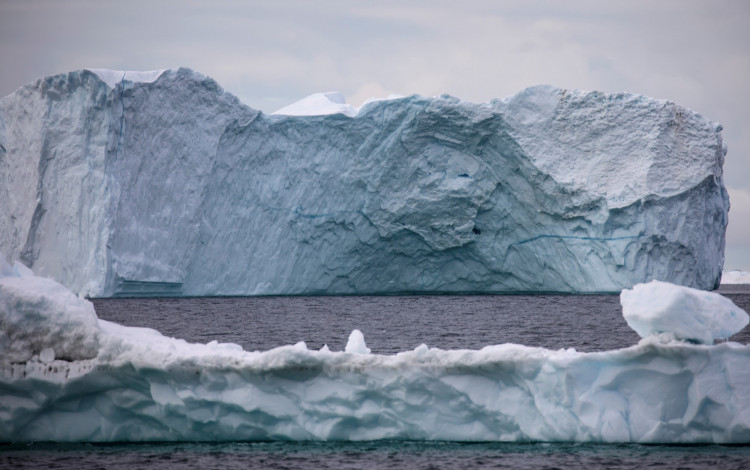The thinning of the layer of slushy frozen water that normally heals rifts is thought to be the source of the Delaware-sized A68 iceberg that split off from Antarctica's Larsen C ice shelf in July 2017.
The ice melange, the aforementioned layer, is weakening due to ocean water circulation beneath the ice shelves and climate change, according to glaciologists at the University of California, Irvine, and NASA's JPL.
While studying 11 fissures in the Larsen C ice shelf, they devised three scenarios: if the ice shelf thinned due to melting; if the ice melange thinned; and if the ice shelf and melange both thinned.
The rift grew as the ice melange weakened, increasing to 367 feet from 249 feet. The gap spread to a lesser extent when both the ice shelf and the melange were thinned. When the ice melange was used to help mend rifts in the diminishing ice shelf, the distance was reduced from 259 feet to 72 feet.
The scientists assessed hundreds of rifts in the Larsen C ice shelf using NASA's Ice-sheet and Sea-level System Model, discoveries from the agency's Operation IceBridge mission, and data from NASA and European satellites to determine which ones are most likely to break.
They chose 11 top-to-bottom cracks for a detailed examination and modeled them to see which of three scenarios made them vulnerable to breaking: if the ice melange thinned, if the ice shelf thinned owing to melting, or if the melange and the ice shelf thinned together.
Because these ice shelves are thought to keep glaciers from entering the ocean, any weakening of the ice melange could hasten sea rise and further destabilize the ice shelves.
"With this in mind, we may need to rethink our estimates about the timing and extent of sea level rise from polar ice loss - i.e., it could come sooner and with a bigger bang than expected," one of the study's co-authors, Eric Rignot, said in a statement.
Since its calving from Larsen C, satellites show the A68 IS now virtually gone, broken into countless small fragments that the U.S. National Ice Center says are no longer worth tracking.
The study has been published in the Proceedings of the National Academy of Sciences.






